Many foods often considered healthy can surprisingly lead to significant spikes in blood sugar levels. This can be particularly concerning for individuals managing diabetes or those monitoring their blood glucose for various health reasons. This article explores 21 such foods, illuminating how they might unexpectedly impact blood sugar. Understanding these effects can help make more informed dietary choices.
Whole Wheat Bread
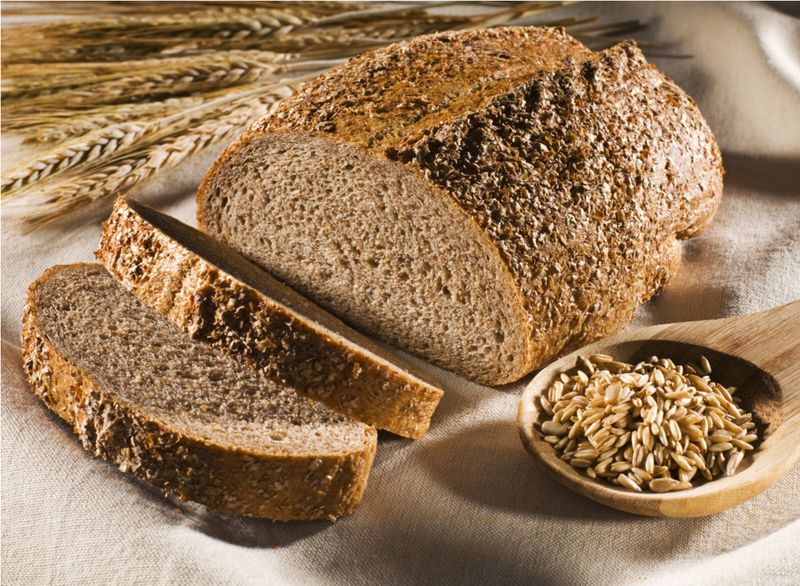
Whole wheat bread is often heralded as a healthier alternative to white bread. However, it may still cause significant spikes in blood sugar levels. Despite being richer in nutrients, its carbohydrate content can rapidly affect glucose levels. Many people may not realize that eating it in excess can lead to blood sugar swings.
Pairing it with protein or healthy fats can help moderate this effect. When choosing bread, exploring options with lower glycemic indexes may be beneficial. Always check labels for added sugars or refined flours that could exacerbate the issue.
Fruit Smoothies
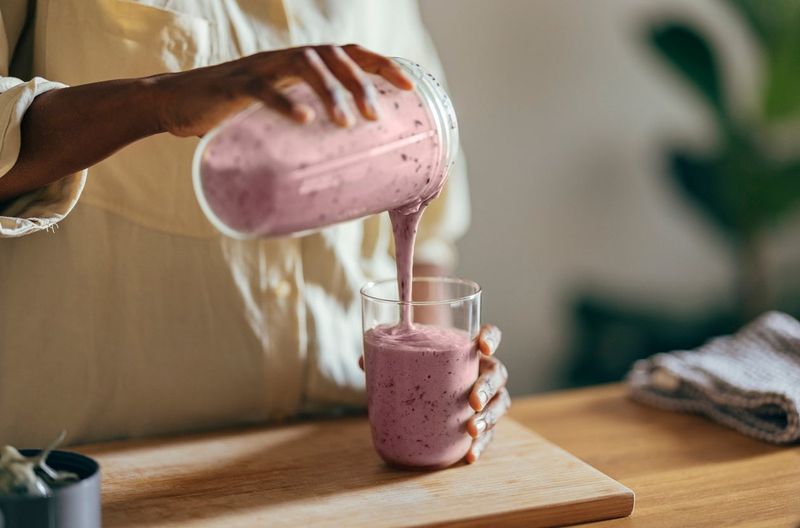
Fruit smoothies can be a tasty and refreshing choice for a quick snack or breakfast. However, their high sugar content, especially when made with fruit juices, can cause rapid blood sugar spikes. Even with whole fruits, the natural sugars are quickly absorbed.
For a more balanced option, consider adding protein, like Greek yogurt, or healthy fats, such as avocado. Additionally, monitoring portion sizes can also help in maintaining stable blood sugar levels. Consider blending with vegetables like spinach for a nutritious twist.
Granola Bars
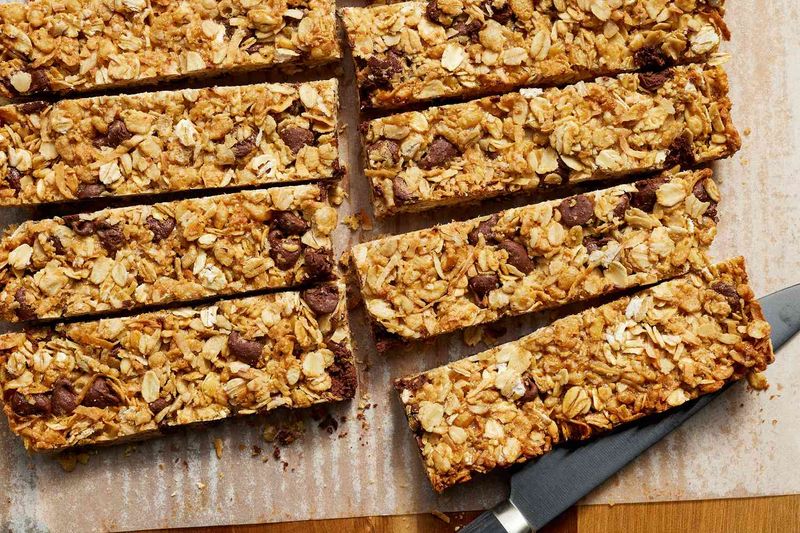
Granola bars are often marketed as a healthy snack option, perfect for on-the-go energy. However, many of them are packed with sugars and refined carbohydrates. These ingredients can lead to rapid increases in blood sugar levels, making them less ideal for those monitoring glucose.
Choosing bars with whole ingredients, low added sugars, and high fiber can mitigate this effect. Alternatively, homemade versions allow control over the ingredients, providing a healthier option. Reading labels carefully is key to understanding their sugar content.
Low-Fat Yogurt

Low-fat yogurt often seems like a wise choice for those seeking a healthy snack. Yet, many varieties are laden with added sugars to enhance flavor, leading to unexpected blood sugar spikes.
Opting for plain, full-fat yogurt may offer a better alternative, as the fats can help slow sugar absorption. Mixing in fresh fruits for natural sweetness or adding nuts can provide additional nutritional benefits. Awareness of the hidden sugar content in ‘healthy’ labeled foods is crucial.
Brown Rice
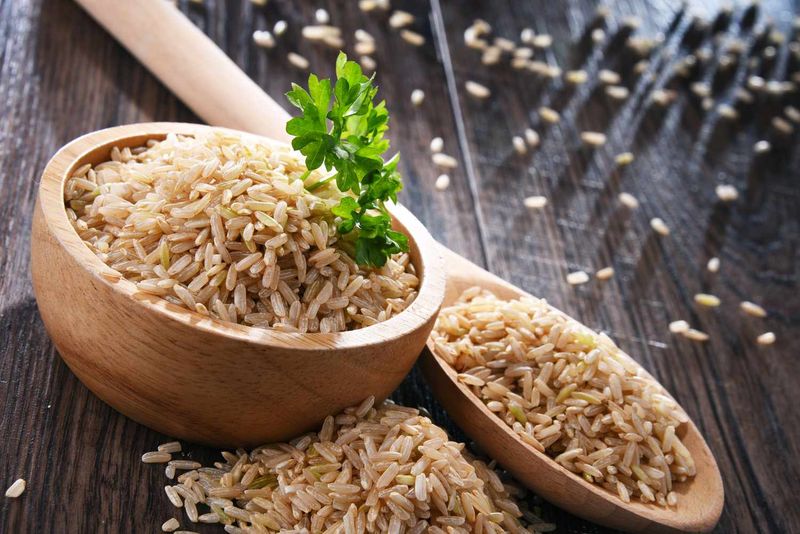
Brown rice is often favored over white rice due to its higher fiber content and nutritional profile. However, it can still cause a rise in blood glucose levels, particularly if consumed in large portions.
Combining it with fiber-rich vegetables or protein can help stabilize its blood sugar impact. Portion control and mindful eating are key strategies for those managing diabetes or monitoring their blood sugar levels. Understanding the carbohydrate content in even the healthiest grains is essential.
Agave Nectar
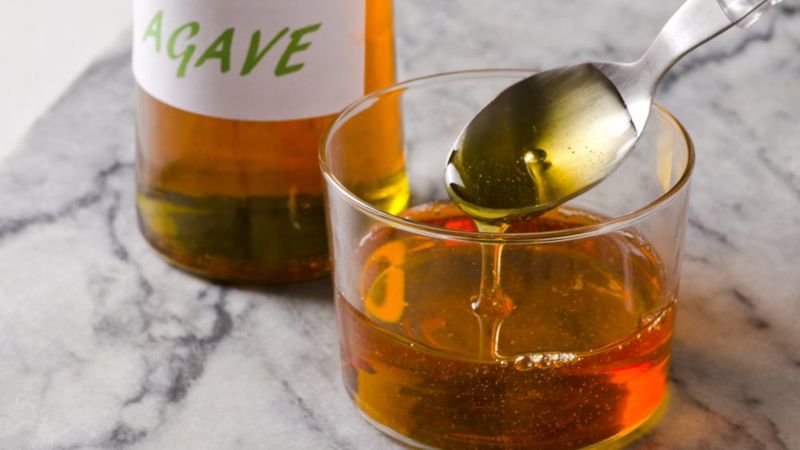
Agave nectar is often promoted as a natural sweetener with a lower glycemic index compared to sugar. However, it is high in fructose, which can affect insulin sensitivity and lead to increased blood sugar levels over time.
Using it in moderation, or exploring other sweeteners like stevia, may offer better alternatives for those concerned about glucose levels. It’s important to consider the long-term effects of sweeteners on overall health, beyond immediate blood sugar spikes.
Dried Fruits
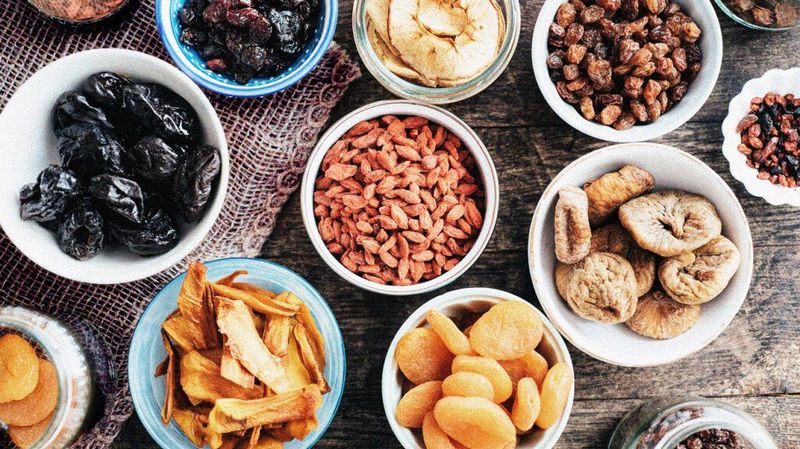
Dried fruits are a concentrated source of natural sugars, making them a quick source of energy. However, this concentration can lead to high blood sugar spikes when consumed in large amounts.
Pairing dried fruits with nuts or seeds can help slow sugar absorption, providing a more balanced snack. Choosing fresh fruits instead can also mitigate the glycemic load. Awareness of portions is essential, as their small size can lead to overconsumption.
Oatmeal
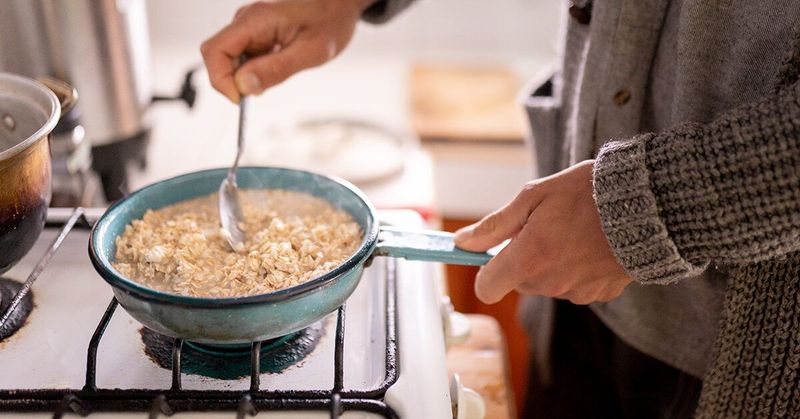
Oatmeal is often considered a hearty and healthy breakfast choice, rich in fiber and nutrients. However, instant varieties, especially those flavored with sugars, can lead to swift blood sugar rises.
Opting for steel-cut or old-fashioned oats and adding toppings like nuts or seeds can help moderate this effect. Being mindful of portion sizes and additions can turn oatmeal into a balanced meal rather than a sugar spike culprit. It’s about making informed choices and combinations.
Gluten-Free Bread

Gluten-free bread is a go-to for those with gluten sensitivities, but it often contains refined flours and starches. These ingredients can raise blood sugar levels significantly, akin to traditional white bread.
Selecting gluten-free options with whole grains or seeds can help reduce these spikes. Understanding that gluten-free doesn’t automatically mean healthier is crucial, especially for blood sugar management. Always review nutritional labels for carbohydrate content.
Rice Cakes

Rice cakes are light and airy, often chosen as a low-calorie snack. However, they are primarily made of refined rice, which can cause a rapid increase in blood sugar.
Adding healthy toppings like avocado or nut butter can help slow the glucose absorption rate. Consider enjoying them in moderation and as part of a balanced diet. Awareness of how such simple snacks affect blood sugar can guide better dietary choices.
Fruit Juices
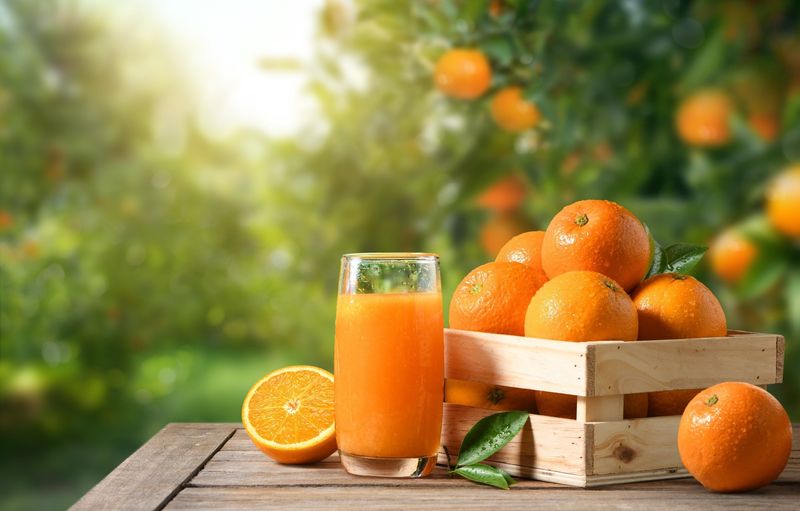
Fruit juices might seem like a natural and healthy beverage choice, but they lack the fiber found in whole fruits. This absence allows the sugars to enter the bloodstream quickly, causing blood sugar spikes.
Opting for whole fruits instead offers the benefits of fiber, which helps stabilize glucose levels. If choosing juices, consider those with no added sugars and enjoy them in moderation. Balancing juice with meals can also help mitigate its impact.
Honey
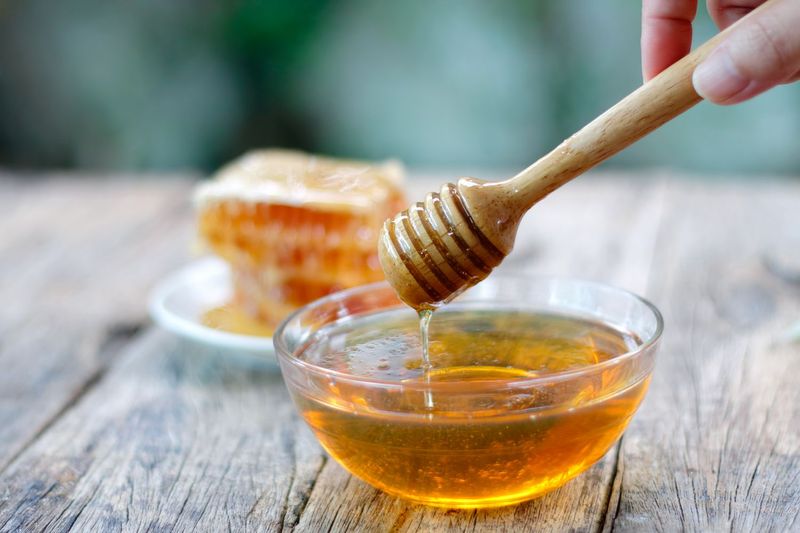
Honey is often touted as a natural and healthier alternative to sugar. Nonetheless, it has a similar impact on blood sugar, due to its high fructose content.
Using it sparingly or in combination with foods that have protein or fiber can help manage blood sugar levels more effectively. It’s essential to remember that even natural sweeteners can lead to glucose challenges when consumed in excess. Choose wisely and use moderation.
Cereal Bars
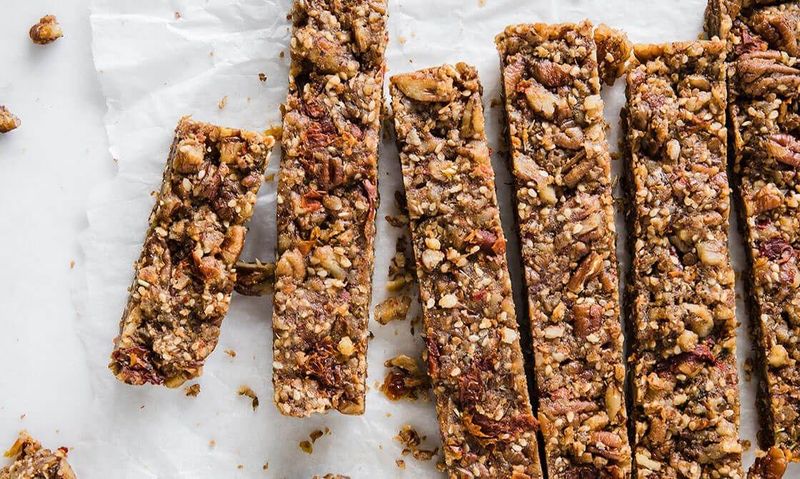
Cereal bars are often marketed as healthy breakfast options, but many contain high levels of sugars and refined carbs. These can result in quick spikes in blood sugar, undermining their health appeal.
Opting for versions with lower sugars and higher protein content can provide a more balanced start to the day. Homemade options also allow for better control over ingredients. It’s crucial to check labels and understand what you’re consuming for better blood sugar management.
Baked Beans

Baked beans are a popular comfort food, full of flavor and protein. However, many canned varieties include added sugars that can affect blood sugar levels.
Preparing beans at home allows control over sugar content and can be a healthier alternative. Pairing them with whole grains or vegetables can also help balance their glycemic impact. Being informed about how even savory dishes contribute to blood glucose can lead to wiser meal choices.
Energy Drinks

Energy drinks promise a quick boost of energy, often due to high sugar and caffeine content. These drinks can cause rapid spikes in blood sugar, followed by significant crashes.
Opting for sugar-free versions or hydrating with water and electrolytes can offer better alternatives for energy. Awareness of how these beverages impact glucose levels is important, especially for those monitoring their blood sugar. Consider healthier ways to maintain energy throughout the day.
Couscous
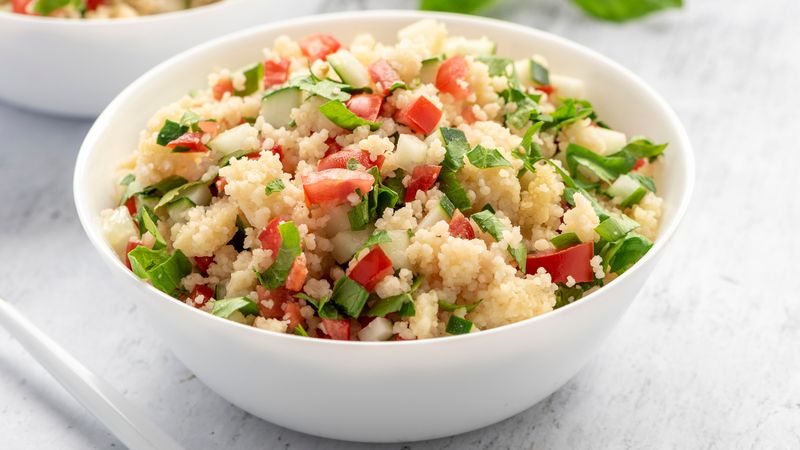
Couscous is a versatile and light dish often used in salads and sides. However, it is made from refined wheat, which can lead to increased blood sugar levels.
Pairing it with fiber-rich vegetables and proteins can help moderate its impact. Exploring whole-grain alternatives like quinoa might offer better blood glucose management. Understanding the carbohydrate content in seemingly healthy options can guide better dietary decisions.
Trail Mix

Trail mix is a convenient snack, packed with energy from nuts, seeds, and dried fruits. However, the added sugars in dried fruits and chocolate can lead to blood sugar spikes.
Creating a homemade version can help control the sugar content and provide a balanced snack. Opting for mixes with minimal added sugars and focusing on nuts and seeds can offer a healthier alternative. It’s about understanding how even small snacks can affect blood sugar.
Coconut Water
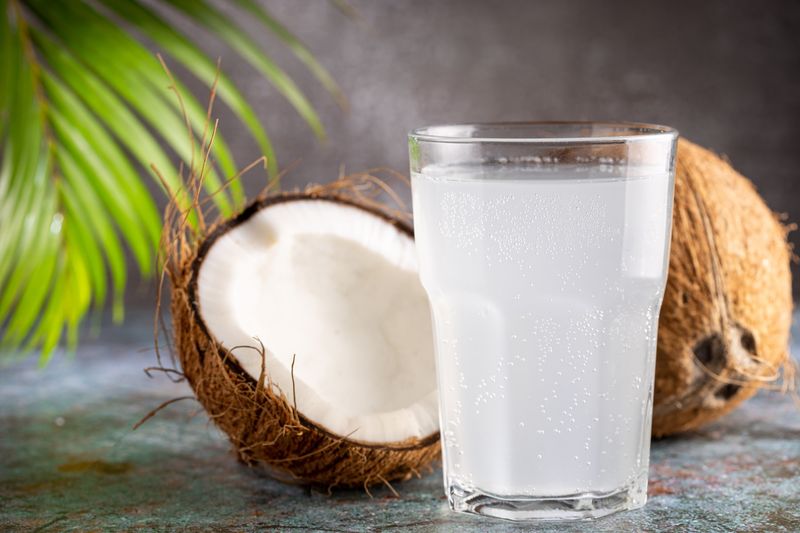
Coconut water is often lauded for its hydrating properties and nutrients. However, its natural sugars can still result in blood sugar spikes if consumed excessively.
Moderation is key, enjoying it as part of a balanced diet. Opting for versions without added sugars can also help manage blood glucose. Awareness of even naturally sweet beverages is essential for those monitoring their blood sugar levels. Choose wisely and stay informed.
Quinoa
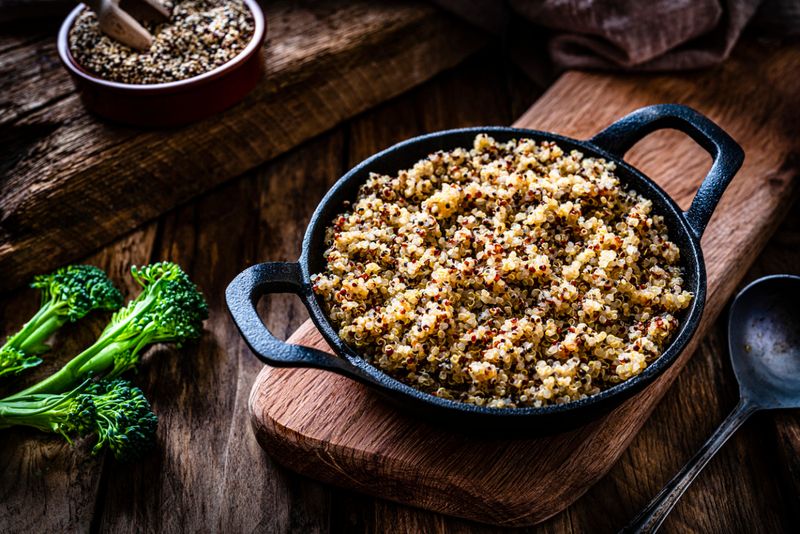
Quinoa is celebrated for its protein content and as a nutritious substitute for grains. However, it still contains carbohydrates that can raise blood sugar levels, especially in large servings.
Combining it with plenty of vegetables and lean proteins can create a more balanced meal. Understanding portion sizes and carbohydrate content even in healthy options is crucial for managing glucose. It’s about balancing nutrients and enjoying quinoa as part of a diverse diet.
Sweet Potatoes

Sweet potatoes are a nutrient-rich alternative to regular potatoes, but they can still impact blood sugar levels. Their natural sugars and carbohydrates can cause spikes if not balanced with other foods.
Pairing them with healthy fats or proteins can help mitigate this effect. Roasting with spices and enjoying in moderation can offer a delicious, balanced addition to meals. Recognizing the impact of various carbohydrate sources is vital for those keeping an eye on blood glucose.
Popcorn
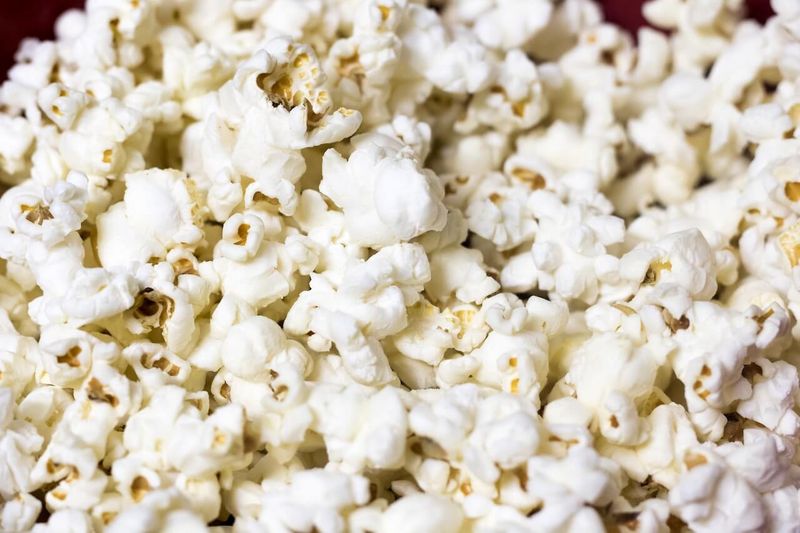
Popcorn is a popular snack, often chosen for its low-calorie count. Yet, it is a carbohydrate that can lead to blood sugar increases, especially when consumed in large quantities.
Choosing air-popped varieties and adding minimal salt or butter can offer a healthier option. Being mindful of portions and the type of popcorn consumed is important for managing glucose levels. Understanding how even simple snacks contribute to blood sugar is crucial for better diet management.
Leave a comment